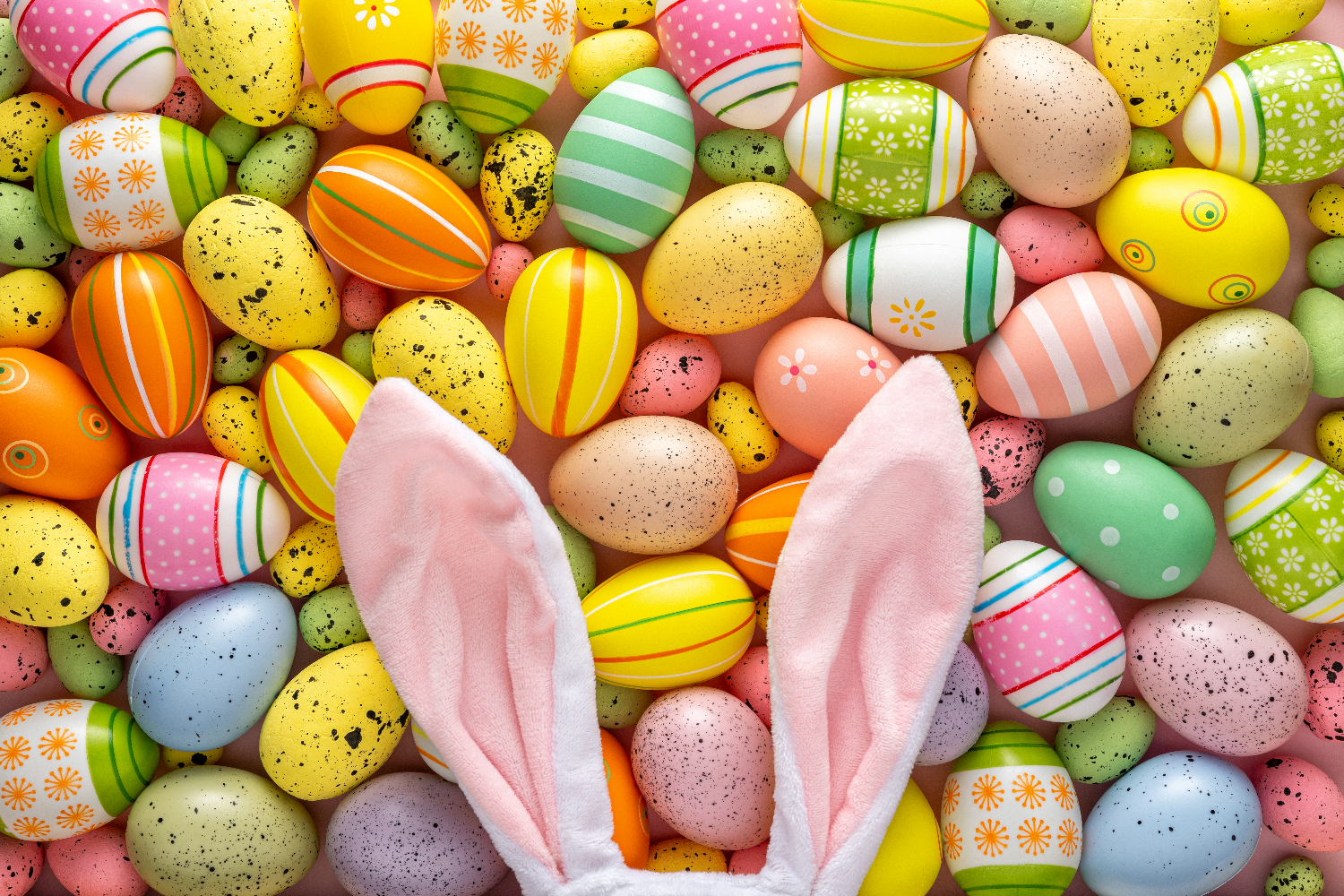What is Easter?

Easter is a Christian religious holiday usually celebrated early in the Spring. For the Christian people Easter Sunday is a celebration of the anniversary of the resurrection of Jesus, while Good Friday is considered to be the day Jesus was crucified.
The earliest record we have of Easter being celebrated is from the 2nd Century – possibly as much as 100 years after Jesus’ death. The earliest days of Christianity, however, were turbulent as this small sect of Judaism grew in size and became a more organised religion in its own right.
We don’t actually know where the word “Easter” comes from. There are similar words for this holiday in several European languages – such as the German “Ostern”. The currently widespread consensus is that the word likely comes to English through the Old High German “eostarum”.
It has been suggested that the word was derived from the Anglo Saxon “Eostre” or “Eostrae”, which is the name of an Anglo Saxon goddess sometimes associated with spring and fertility. The earliest suggested record of this, however, doesn’t appear until the 8th Century in writings by the Venerable Bede. This is now generally considered to be unlikely.
Teaching Idea:
Pick an item and find out the Latin word for it. Have the children whisper it from person to person and see what you get at the end! Imagine each child is a 50 year time period and use this to show how language can change over time. What would the new word for your item be?
When Is Easter?
Easter Sunday is celebrated on the first Sunday after a full moon on or after the vernal equinox (usually considered to be 21st March), but if the date of Easter is a celebration of an actual event why can it change so wildly?
Jesus was arrested, and subsequently tried and executed, when he entered the city of Jerusalem. He had travelled there to celebrate the Jewish festival of Passover which, in the Jewish religion, is the celebration of the anniversary of Moses leading the Hebrews out of Egypt. It is believed that Jesus was crucified on the first day of Passover and the resurrection occurred three days later.

The Jewish calendar, unlike the common Gregorian calendar, is a lunisolar calendar. This means it is dependant on both the positions of the sun and the moon, thus some elements of it are tied to the phases of the moon, the solstices and the equinoxes. Anniversaries such as this one may change from the perspective of a solar calendar like the Gregorian one even though the date in their own form remains the same. Passover, for example, always begins on 15th Nisan.
In the early days of Christianity the date of Easter caused some controversy, with some groups celebrating it on the actual day of the resurrection as per the Jewish calendar, and others celebrating it on the Sunday immediately after. Over time, however, churches increasingly opted for a Sunday celebration and the Council of Nicea in 325 CE ruled on the current standard.
Teaching Idea:
Think about different ways you could create a calendar. Perhaps even create your own class calendar. You could look at different month lengths determined by things like the seasons or the time of the sunset. You could look at different year lengths – what would a year that lasted two and a half normal years be like? Remember that other planets have different astronomical year lengths, what would a calendar on Mars look like? Get creative with it!
The Easter Bunny

Every child knows that the Easter Bunny brings chocolate eggs, and in the modern day Easter has become about spring and chocolate, but how did this begin?
The decorated Easter egg originated in the 13th Century. Eating eggs was not allowed in the week before Easter, but that didn’t stop the chickens from laying them, so these eggs were kept and decorated as a form of reverence. Later, in the 17th Century, Protestants in Europe began associating the rabbit with Easter, and so the legends of the Easter bunny began.
While chocolate is a very modern addition the Easter traditions, the eating of sweets has been associated with Easter Sunday since the 12th Century. The 40 day fast of Lent ends with Easter Sunday and meals on this day included sweets, eggs, ham, cheeses, and bread.
Teaching Idea:
Decorate some Eggs!


Leave a Reply
You must be logged in to post a comment.